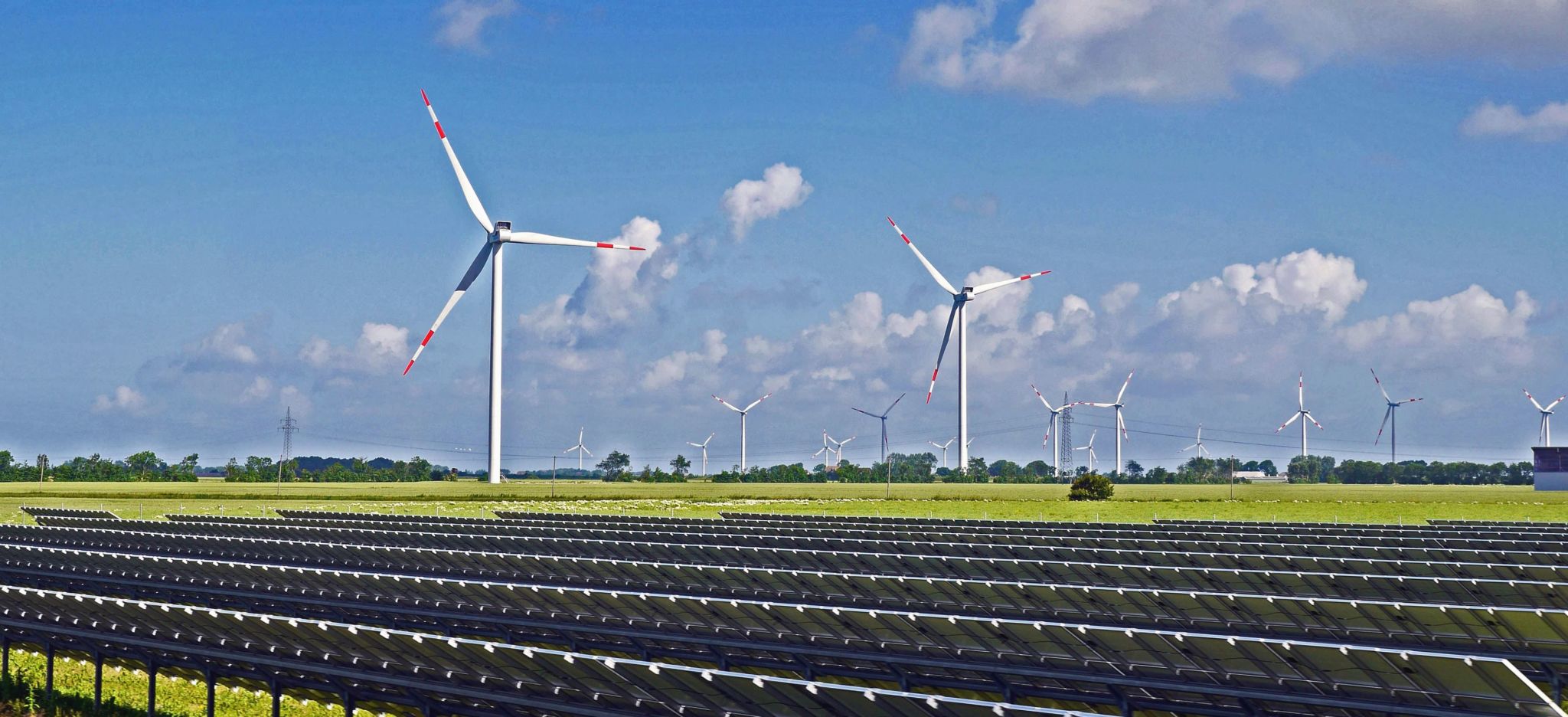On Monday, April 4, 2022, the Intergovernmental Panel on Climate Change released the report AR6 Climate Change 2022: Mitigation of Climate Change. It assesses the most recent research outlining the trajectories of global warming-causing greenhouse gas emissions and the pathways to limit warming to temperatures that would keep the planet habitable. The report was prepared by 278 authors from 65 countries, with over 18,000 citations.
The greatest takeaway is this:
We must wind down dependence on fossil fuels, by scaling up renewables that are now incredibly cheap and available when political barriers are overcome, to deeply reduce carbon pollution as quickly as possible.
The third of three Working Group reports in the IPCC’s Sixth Assessment Report (AR6) cycle, the report was approved Sunday afternoon following two weeks of discussions in virtual plenary session, in which the scientists who authored the report and delegations from the IPCC’s 195 member nations arrived at a consensus on the report’s Summary for Policymakers.
The AR6 edition of the Mitigation report covers progress of pollution reduction across energy, industry, transportation and agricultural sectors; the technologies to underpin the energy transition and the barriers to achieving pollution reduction targets; as well as the updated pathways to limiting warming to 1.5°C and 2°C. The report updates the AR5 Mitigation report was released in 2014, and the AR6 edition will likely be the last IPCC mitigation report before trajectories beyond 1.5°C would be locked in.
The science underpinning this Summary is direct and unequivocal.
The IPCC finds there are less-than-even odds of limiting warming to 1.5°C along the most ambitious pathway, on which temperatures most likely to peak at 1.6°C, returning to 1.3°C by the end of the century. Nonetheless, the report lays out clear directions and benchmarks to effectively limit warming to 1.5°C, beyond which extreme impacts become increasingly untenable for people and ecosystems.
Here are some key takeaways:
- Emissions are growing at a slower rate, but we remain far off target, with emissions and policies putting us on a pace well beyond 1.5°C.
- Operating even the existing fossil fuel infrastructure puts 1.5°C out of reach. Fossil fuel infrastructure can, and should be, phased out and replaced with electricity powered by renewables.
- A clean energy revolution since AR5 has made renewables cheap, cheaper often than fossil fuels.
- We must reach peak greenhouse gas emissions by 2025 in order to limit warming to 1.5°C. Delaying a peak past 2025 means net economic losses. In general, the earlier we reach peak emissions, the economic benefits from avoiding damages and reduced adaptation costs are greater compared to losses from climate damage.
- Making deep and rapid cuts to methane emissions is critical to any path to limiting warming.
- Politics and status-quo interests – not science, money, or technology – are now the primary barriers to meeting climate targets.
- Carbon dioxide removal will be an important stop gap for difficult-to-decarbonize sectors, such as industry, but must be done with care to prevent harmful socio-economic impacts.
- Both the responsibility for global warming-causing emissions and the burden of climate change impacts are unequally distributed. Addressing inequality and focusing on wellbeing can support mitigation efforts.
**Click through for detailed toplines from the Summary for Policymakers.**



